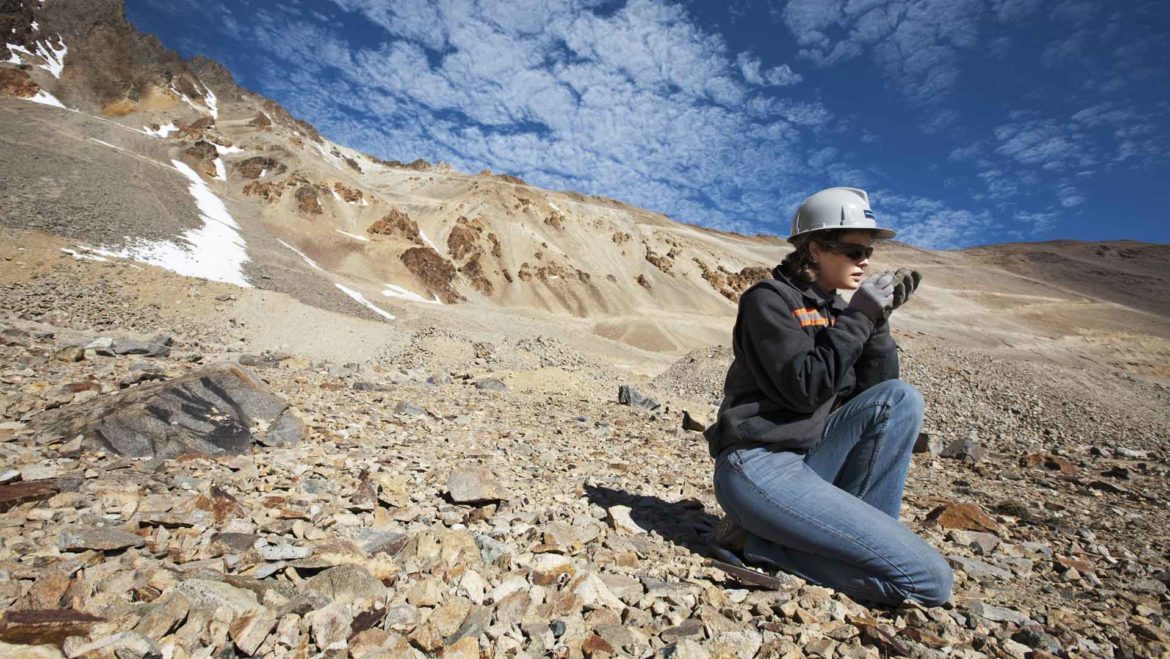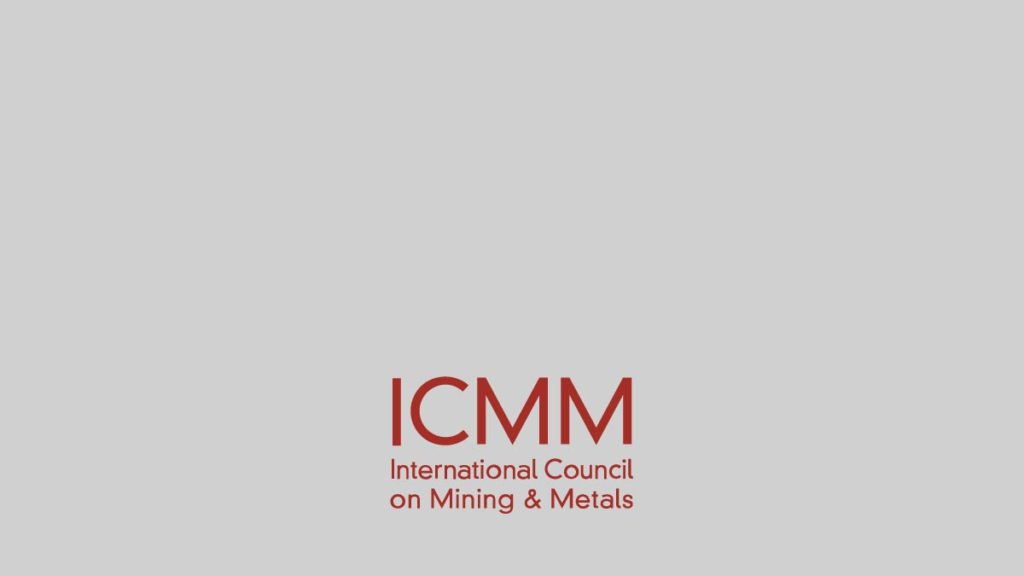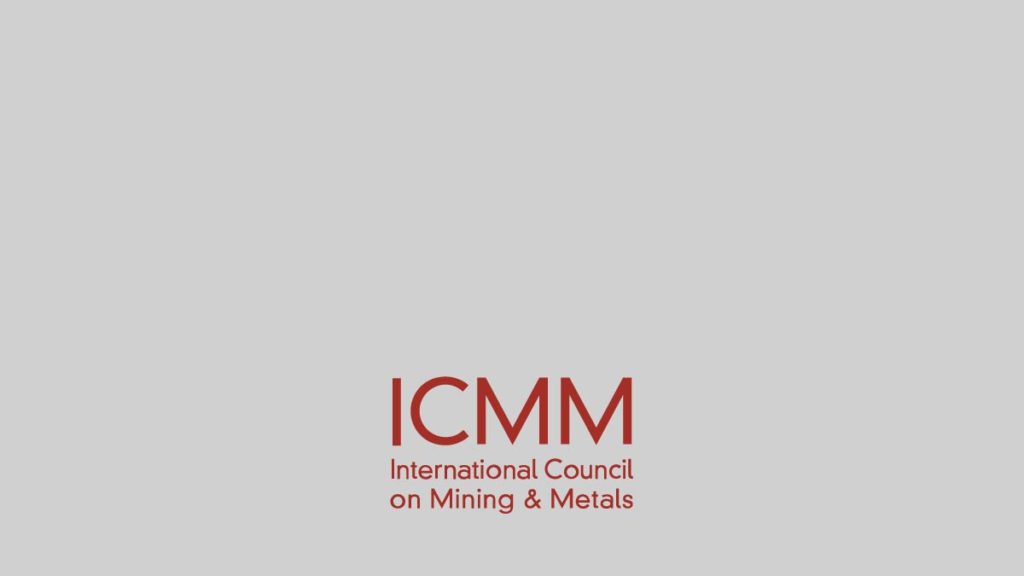
Element 5 – Closure Activities
Closure activities are the physical works carried out to close the site. These may be achieved during operations (progressive closure) or in the closure period (final closure). Closure activities are undertaken to achieve specific closure objectives.
Not all closure activities will be subject to the same level of evaluation. Some will be relatively standard; in other cases there may be many alternatives with significant differences in terms of cost, social acceptance, effectiveness, risk profile and other factors. In these cases, final selection of closure activities may take years of effort, involving input from stakeholders, research programmes, design studies and specific risk evaluations.
The general approach is as follows:
- A preliminary ‘long list’ identifying potential closure activities is generated. This list is typically developed based on several inputs, including professional experience, literature reviews and stakeholder input
- An initial screening to eliminate options that are not feasible, either on their own or in combination with other measures
- The options that have been eliminated in the screening should be documented, along with the rationale for their elimination. This documentation helps ensure that decisions are traceable and facilitates coming back to ‘long list’ options if conditions change
- To further narrow the list, screen-level engineering designs or technical evaluations to help quantify evaluation parameters such as cost. Designs may be advanced to a conceptual or pre-feasibility level to further screen out alternatives
- Where multiple options remain at this stage, use a multiple accounts analysis to compare and rank options such as cost, environmental impacts, social acceptance, technical risk etc
- If a multiple accounts analysis is used, the options assessed should be ranked
- At the completion of a multiple accounts analysis, sensitivity checks should be carried out to evaluate the extent to which rankings are affected by credible ranges for either the inputs or the weightings placed on different parameters
- Formal risk evaluations may also be carried out on closure alternatives to demonstrate their effectiveness at risk reduction in various domains
Implementing progressive closure
Progressive closure (p39) is the implementation of closure activities during the construction and operation of the mine. Progressive closure is one of the most effective means to gain direct experience with the implementation of closure works and accurately describe their true costs. Feeding this information into future cost estimates reduces the risk of inaccurate estimates.
Benefits of progressive closure include:
- Social licence and regulator relations
- Experience/knowledge building
- Reduction of liability
- Tax benefits
Figure 6 (p41) illustrates reductions of liability
Figure 1 (p09) illustrates the implementation of closure activities
Social transition
Social transition activities (p102) are undertaken to facilitate or ease the social transition from the operational to post- closure phase, and apply to the whole mining operation. Social transition management and mitigation designed for the active operation phase can continue being applied into the closure transition process and post-closure.
In Element 3, Tool: Key Messages for Social Transition offers example social transition key messages and Tool: Social Transition Checklist provides a checklist of activities that will assist planning for social transition from the early stages of project development/pre-construction through to closure.
Community, Economics, Environment, Ethical Business, Management, Rehabilitation
Progressive closure benefits at Dawson Mine (Anglo American)
Progressive closure to enhance rehabilitation and reduce operational costs


